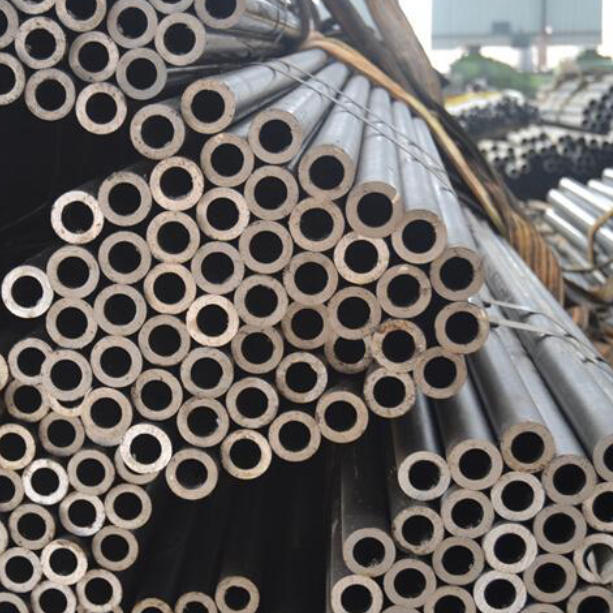1. Material Selection and Performance
First, clearly specify the material type—whether to choose seamless steel pipes made of 20#, 45# carbon steel, or alloy steel. Different materials exhibit varying mechanical properties, corrosion resistance, and suitable environments. For instance, 20# steel offers good overall performance, 45# steel provides higher strength, while alloy steel is suitable for special operating conditions. Simultaneously, understand the material's chemical composition and guaranteed mechanical properties to ensure compliance with usage requirements.
2. Standards Compliance and Certification
Inquire about the national or industry standards applied to the seamless steel pipe, such as GB/T8163 or GB/T3639. Additionally, verify whether the supplier holds relevant quality system certifications and special equipment manufacturing licenses. These qualifications are crucial guarantees of product quality.
3. Dimensional Accuracy and Tolerance Range
Dimensional precision is critical for small-diameter seamless pipes. Clearly define tolerance ranges for outer diameter and wall thickness, along with straightness requirements. Precision-grade seamless pipes typically demand higher dimensional accuracy, such as outer diameter tolerance of ±0.05mm and straightness ≤0.5mm/m.
4. Production Process and Quality Control
Determine whether seamless steel pipes are produced via hot rolling or cold drawing, along with specific heat treatment processes. Inquire about the supplier's quality control system, including inspection equipment and testing protocols—such as whether non-destructive testing methods like ultrasonic flaw detection or eddy current testing are employed.
5. Surface Quality and Treatment Requirements
Determine surface treatment needs based on the application environment, such as whether polishing or sandblasting is required. Also clarify surface roughness specifications, which are particularly critical for precision applications like hydraulic systems.
6. Supply Capacity and Delivery Lead Time
Confirm the supplier's production capacity and delivery schedule, especially for urgent projects. Inquire about inventory levels for standard products and production lead times for custom items to ensure alignment with project timelines.
7. Minimum Order Quantity and Pricing Terms
Understand minimum order quantity requirements, especially for small-batch purchases. Clarify pricing terms, including tax inclusion and freight responsibility, to avoid unexpected costs.
8. Packaging and Shipping Methods
Inquire about packaging methods (e.g., rust-proof packaging) to ensure product integrity during transit and storage. Determine the optimal shipping method balancing cost and time efficiency.
9. Quality Assurance and After-Sales Service
Clarify the supplier's quality assurance policies, such as whether a quality guarantee certificate is provided and how quality issues are handled. Understand the after-sales service system, including technical support and quality complaint resolution.
10. Sample Provision and Acceptance Criteria
For critical procurement projects, request samples for verification beforehand. Simultaneously, define acceptance standards and methods to ensure delivered products meet expected requirements.

Post time: Oct-25-2025






